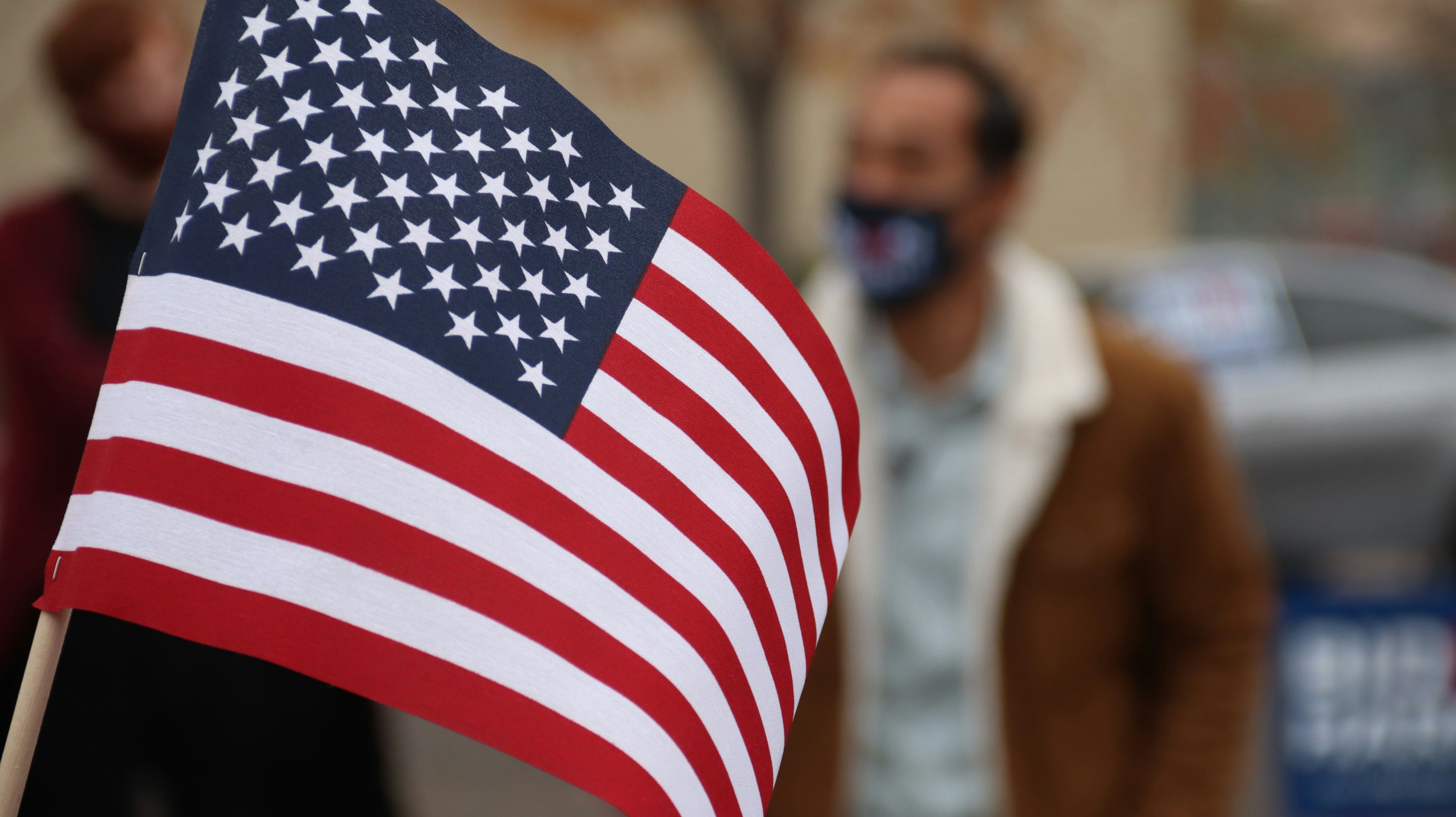Scrutinizing the Implications of Intellectual Property Law Reforms
Intellectual Property (IP) law has become a pivotal discourse in modern society, particularly due to the burgeoning digital economy. This article delves into the ongoing reforms in IP law, shedding light on their historical context, the current legislative changes, and their potential impact on society.

Historical Context of Intellectual Property Law
Intellectual Property Law, as we know it today, has its roots in the 18th century when the first copyright law, the Statute of Anne, was enacted in 1710. The law aimed to protect authors’ rights, setting the foundation for modern copyright laws. The Paris Convention for the Protection of Industrial Property, enacted in 1883, and the Berne Convention for the Protection of Literary and Artistic Works, enacted in 1886, further expanded the scope of IP laws, encompassing patents, trademarks, and industrial designs. Over the years, these laws have been revised and updated to keep pace with technological advancements.
Current Reforms in Intellectual Property Law
In the 21st century, the digital revolution has posed unique challenges to the existing IP law framework. The ease of copying and distributing content on the internet has led to widespread copyright infringement, necessitating legislative changes. Countries worldwide are currently deliberating on various reforms to address these issues. In the United States, for example, the Copyright Alternative in Small-Claims Enforcement (CASE) Act was signed into law in December 2020. The Act seeks to provide a more efficient and affordable legal pathway for creators to protect their copyright.
Implications and Impact of Intellectual Property Law Reforms
The ongoing IP law reforms have significant implications for society. On the one hand, they provide stronger protections for creators, enabling them to secure the financial benefits of their inventions and creations. This could potentially foster innovation by incentivizing creators. On the other hand, these reforms may also restrict access to information and cultural products, raising concerns about freedom of expression and the public’s right to access knowledge.
Balancing Creators’ Rights with Public Interest
The challenge for lawmakers is to strike a balance between protecting creators’ rights and ensuring the public’s access to information. A nuanced approach is necessary to prevent the overreach of IP laws, which could stifle creativity and restrict the public’s right to knowledge. Policymakers should consider incorporating fair use provisions that allow for the use of copyrighted material for purposes such as criticism, comment, news reporting, teaching, scholarship, and research.
Conclusion
As we navigate the digital age, the reform of Intellectual Property laws will continue to be a complex and contentious issue. It requires an ongoing dialogue between stakeholders, including creators, consumers, legal experts, and policymakers. While the goal is to protect creators’ rights, it is equally important to ensure that these laws do not impede public access to information, cultural exchange, and innovation. As such, crafting a balanced and fair IP law framework is crucial for the advancement of society in the digital era.




